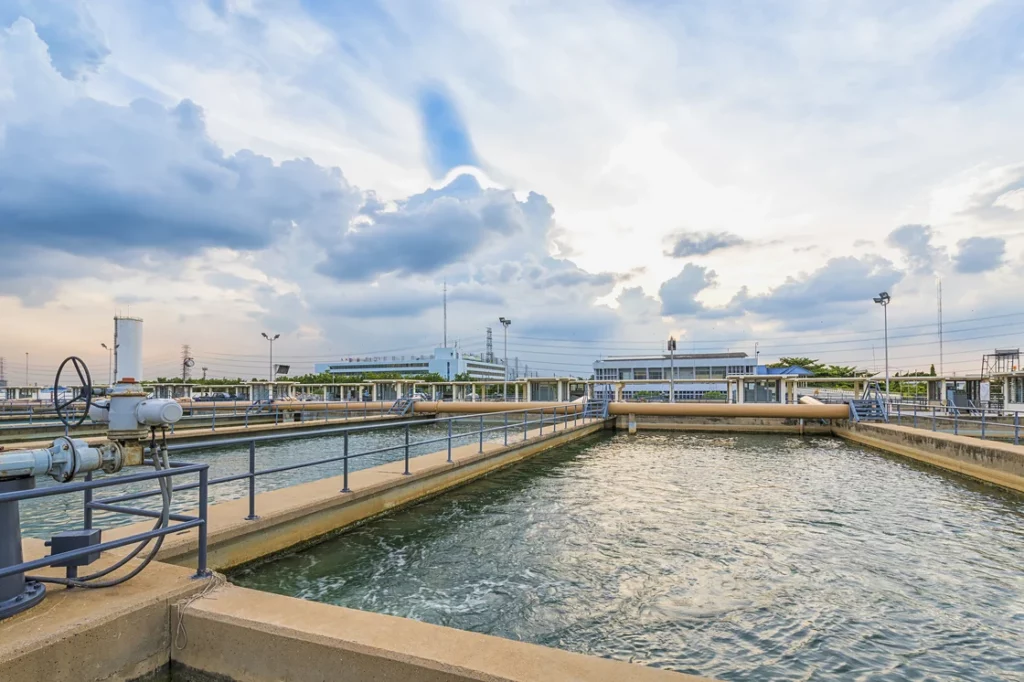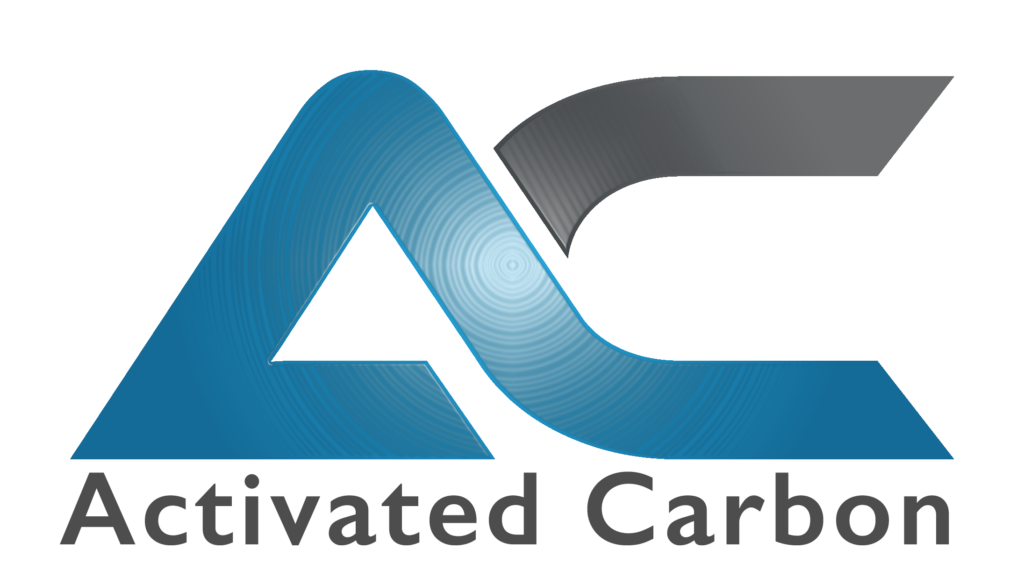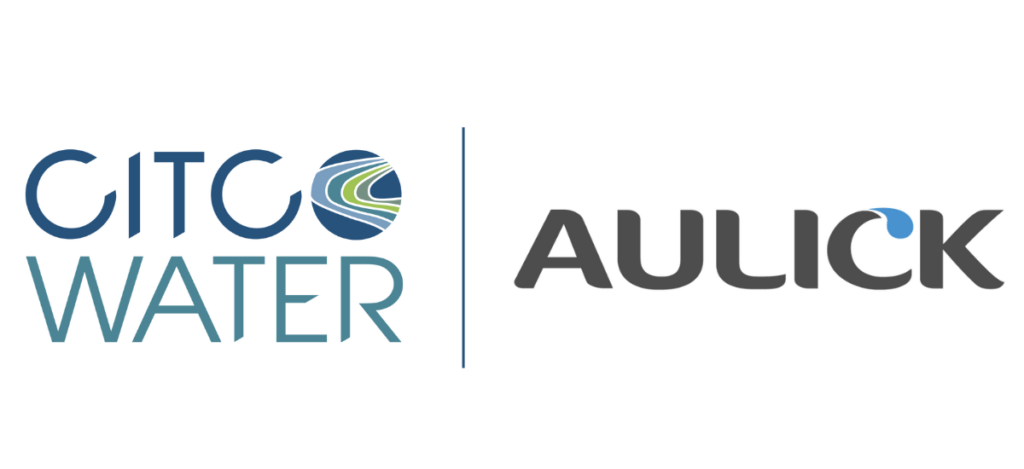
Highlights of EPA’s Press Release:
- $1B investment through President Biden’s Investing in America agenda
- Investment will allow PFAS testing and treatment at public water systems
- First-ever national, legally enforceable drinking water standard for several PFAS known to occur individually and as mixtures in drinking water
Final PFAS Drinking Water Standards:
- For PFOA and PFOS, EPA is setting a Maximum Contaminant Level Goal, a non-enforceable health-based goal, at zero. This reflects the latest science showing that there is no level of exposure to these contaminants without risk of health impacts, including certain cancers.
- EPA is setting enforceable Maximum Contaminant Levels at 4.0 parts per trillion for PFOA and PFOS, individually. This standard will reduce exposure from these PFAS in our drinking water to the lowest levels that are feasible for effective implementation.
- For PFNA, PFHxS, and “GenX Chemicals,” EPA is setting the MCLGs and MCLs at 10 parts per trillion.
- Because PFAS can often be found together in mixtures, and research shows these mixtures may have combined health impacts, EPA is also setting a limit for any mixture of two or more of the following PFAS: PFNA, PFHxS, PFBS, and “GenX Chemicals.”
Read the full press release here: EPA-PFAS

What Does This Mean For Your Utility?
Aulick understands the unique needs of each drinking water system and vows support to our customers. While the public exposure to this issue is important, EPA’s announcement, and subsequent funding, doesn’t address the role of industrial wastewater as providers of PFAS into the drinking water treatment process.
“EPA estimates that between 6% and 10% of the 66,000 public drinking water systems subject to this rule may have to take action to reduce PFAS to meet these new standards.
All public water systems have three years to complete their initial monitoring for these chemicals. They must inform the public of the level of PFAS measured in their drinking water. Where PFAS is found at levels that exceed these standards, systems must implement solutions to reduce PFAS in their drinking water within five years”. – EPA Press Office
Treatment Methods
New limits within this standard can be met by utilizing available technologies. Some successful treatment methods have included the use of granular activated carbon.
“The Cape Fear Public Utility Authority, serving Wilmington, NC – one of the communities most heavily impacted by PFAS contamination – has effectively deployed a granular activated carbon system to remove PFAS regulated by this rule. Drinking water systems will have flexibility to determine the best solution for their community”. – EPA Press Office



What Are PFAS (Forever Chemicals)?
PFAS, also known as ‘forever chemicals,’ are prevalent in the environment. PFAS are a category of chemicals used since the 1940s to repel oil and water and resist heat, which makes them useful in everyday products such as nonstick cookware, stain resistant clothing, and firefighting foam.
The science is clear that exposure to certain PFAS over a long period of time can cause cancer and other illnesses. Additionally, PFAS exposure during critical life stages such as pregnancy or early childhood can also result in adverse health impacts.
Across the country, PFAS contamination is impacting millions of people’s health and wellbeing. People can be exposed to PFAS through drinking water or food contaminated with PFAS, by coming into contact with products that contain PFAS, or through workplace exposures in certain industries. – EPA Press
Aulick – A CITCO Water Company is an industry leader providing custom solutions to clean water. Whether in the public utility sector with water and wastewater treatment systems or in private industry with production and manufacturing facilities, Aulick has the experience to design custom solutions specific to your application.
We’re willing to go the extra mile to provide our customers everything needed to take water from the source, deliver it to the consumer, and return it back to the source.
We sum up this mission in four simple words: “Solutions driven. Commitment given.”



